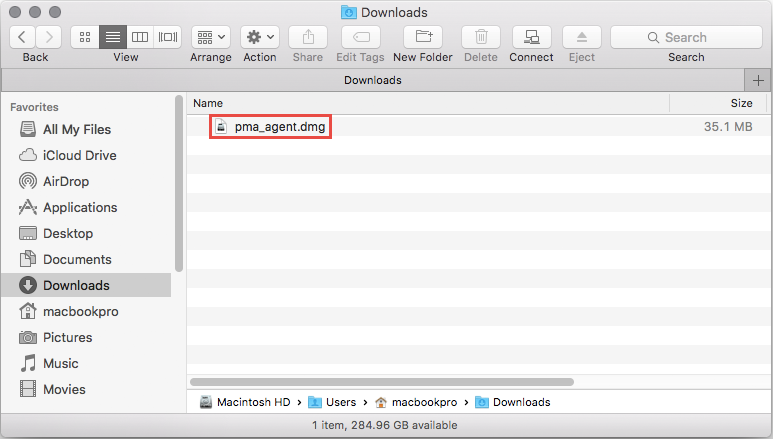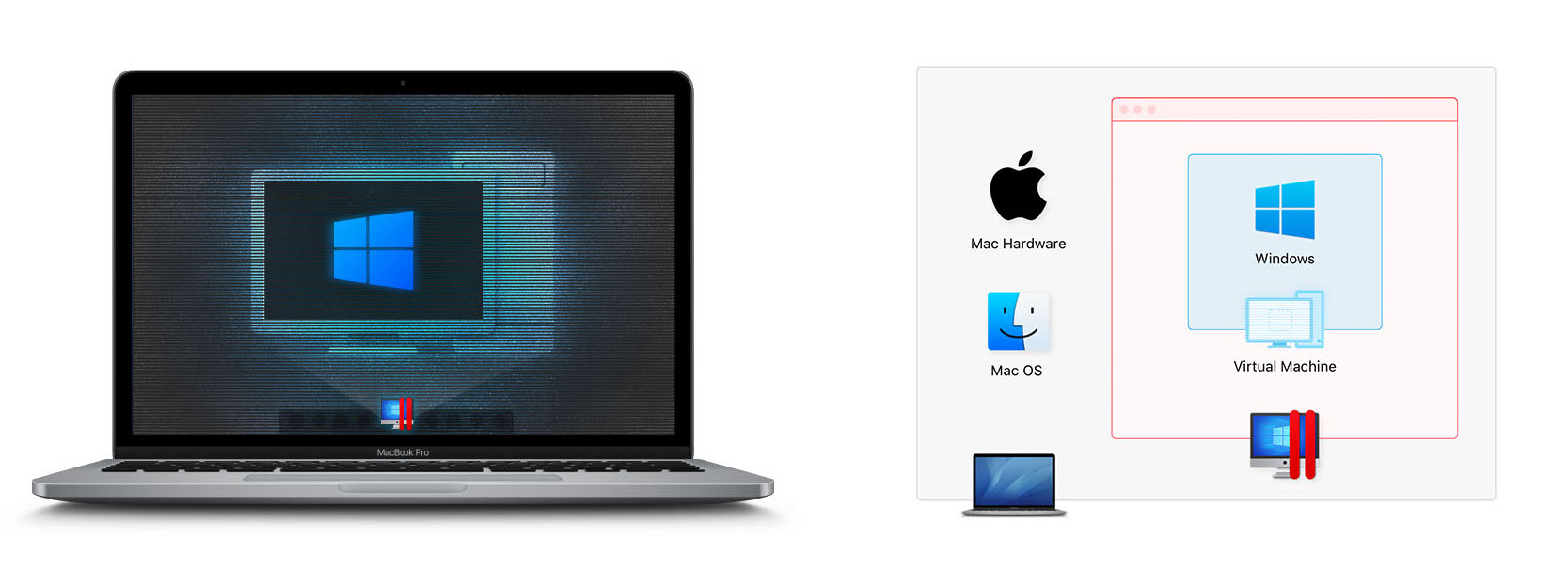
Manually creating a Configuration Profile Now, let’s have a look on how we can really apply the Configuration Profile fully unattended to the System.

Here we basically come to the conclusion, that those Configuration Profiles are applied to every User on the System instead of the System itself, even though with have a Device-based Deployment of the Configuration Profile / Baseline. To make things even more interesting, when you delete the Deployment, which will remove the Configuration Profile, you need to authenticated again with a Local Administrator. If this User now doesn’t have Local Admin Rights, he will be unable to add the Configuration Profile. To break this further down, when performing a new login on the same Mac with a Second User, the Prompt re-appears again. When entering the Credentials, the Configuration Profile is successfully applied.

As soon as you force a Policy Update on a Managed Mac Device and the Configuration Profile gets applied, you receive a User / Password Prompt. With this in mind we would expect that the Profile is applied in the System- and not in the User Context, right?

PARALLELS FOR MAC FOR SERVER ADMINISTRATION MAC OS X
When using Parallels Mac Management, we can utilize Mac OS X Configuration Profiles, which can be deployed to managed Mac Devices using a Configuration Baseline.Īs you see on the second Screenshot, we deploy this specific Profile, which is stored in a ConfigMgr Configuration Item, to a Device Collection, called “All Mac OS X System”.


 0 kommentar(er)
0 kommentar(er)
